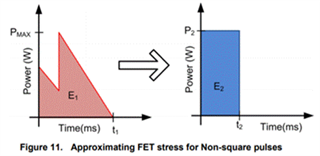Need to Trigger MOSFET at 48V for a Source switching circuit, can you help. THe primary source should be feeding the load and the failure of primary should switch the auxilary source.
-
Ask a related question
What is a related question?A related question is a question created from another question. When the related question is created, it will be automatically linked to the original question.









